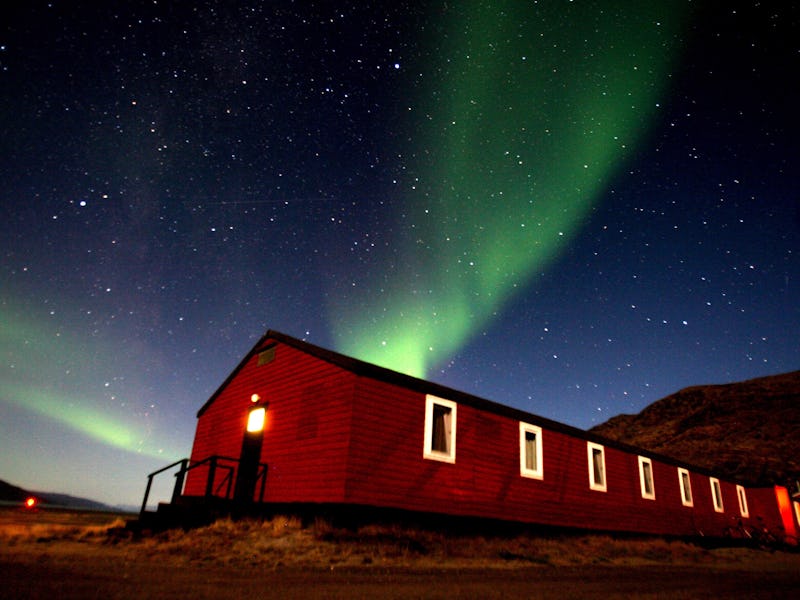NASA Will Launch Rockets Into the Aurora Borealis This Winter
The twin sounding rockets will study particle movements near the North Pole.

NASA will launch twin sounding rockets into the Northern Lights this winter to study particle movements in a region where the Earth’s magnetic field is directly connected to solar wind. The rockets will also be used to collate data about a particularly beautiful visual process that transforms the sky above the magnetic North Pole.
The rockets, CAPER and RENU 2, will deploy instrument payloads to study processes related to the cusp aurora, a particular phenomenon rife with energetic particles that are slung downward into the atmosphere from solar wind.
The visual effect of the process is akin to an abstract oil painting that covers the sky.
The Aurora Borealis as seen from Greenland
Cusp auroras are are particularly hard to spot because they usually occur during the day. The sun usually outshines out whatever radiant light might have been visible otherwise.
“The magnetic pole is tilted toward North America, putting this magnetic opening — the cusp — at a higher latitude on the European side,” said Jim LaBelle, principal investigator on the CAPER sounding rocket, in a statement. “Combine that extra-high latitude with the winter solstice — when nights are longest, especially as you go farther north — and you can sometimes see this daytime aurora with the naked eye.”
The flight of both CAPER and RENU 2 will be relatively short — about a few minutes each — but NASA notes that suborbital sounding rockets are one of the most cost-effective ways of studying low orbit space.